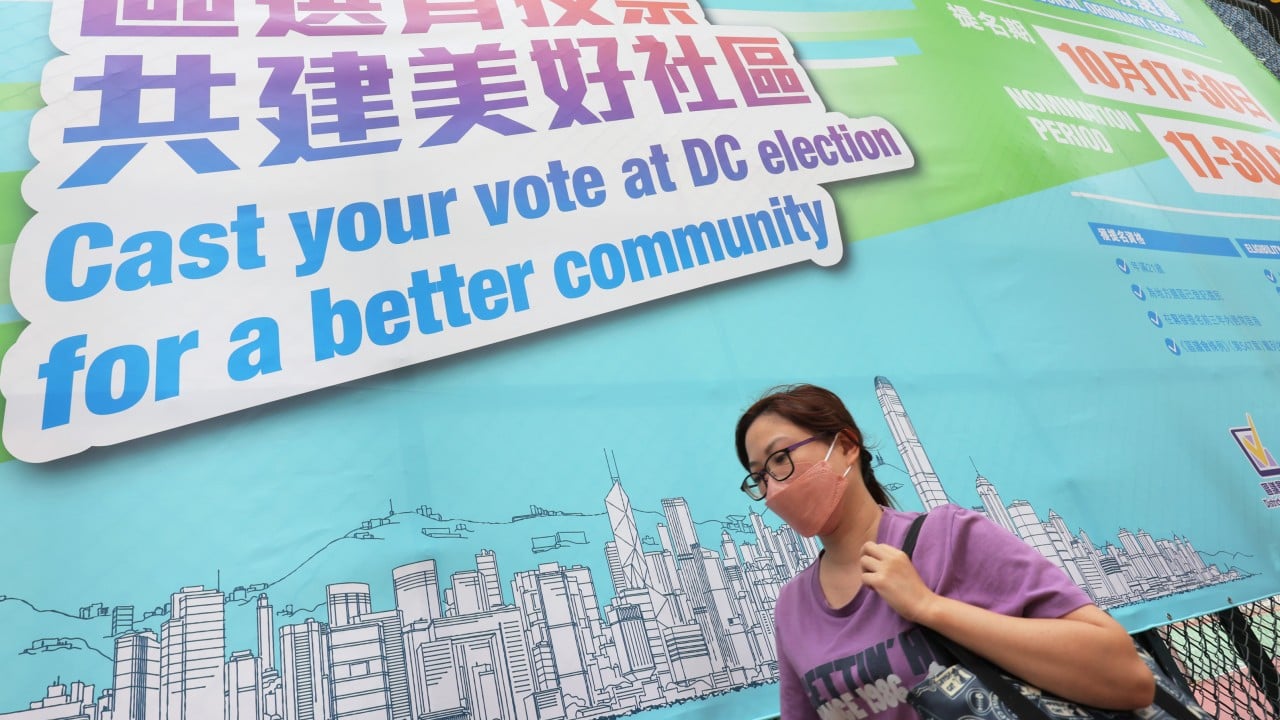Hong Kong’s district councils have unexpectedly been making the news recently, albeit for reasons I suspect were not the intention behind their complete overhaul in 2023.
Advertisement
Once considered a breeding ground for destructive politics, district councils were stripped of any political powers (the Basic Law stipulates they are not intended to be organs of political power). They are now managed by district officers and subject to a monitoring system set up by the government.
The aim is to make them “constructive” organs of effective governance and remove any chance of “sabotaging” the system. Following the reform, there are now only 88 elected district councillors out of 470, with 179 members appointed by the chief executive and another 176 selected by local committees. Rural leaders have 27 seats.
To ensure they are productive, members are measured against some pretty harsh metrics, including attendance at meetings. The aim is to pack their schedules and keep them busy. The government’s obsession with key performance indicators will ensure they deliver, especially in areas deemed a priority by officials.
And, their attendance rates and leave of absence are readily available to the public. These report cards also show what the government has been doing under its own monitoring guidelines for district councils.
Advertisement
After the first year of the current term, the reports look good. More than 98 per cent of members attended all district council meetings or were only absent with the council’s consent. Over 90 per cent of district council members attended all committee and working group meetings. On average, members attended 28 committee and working group meetings.
The Home Affairs Department apparently looks at these numbers as proof that members of the revamped councils have been “diligent in their work”.

